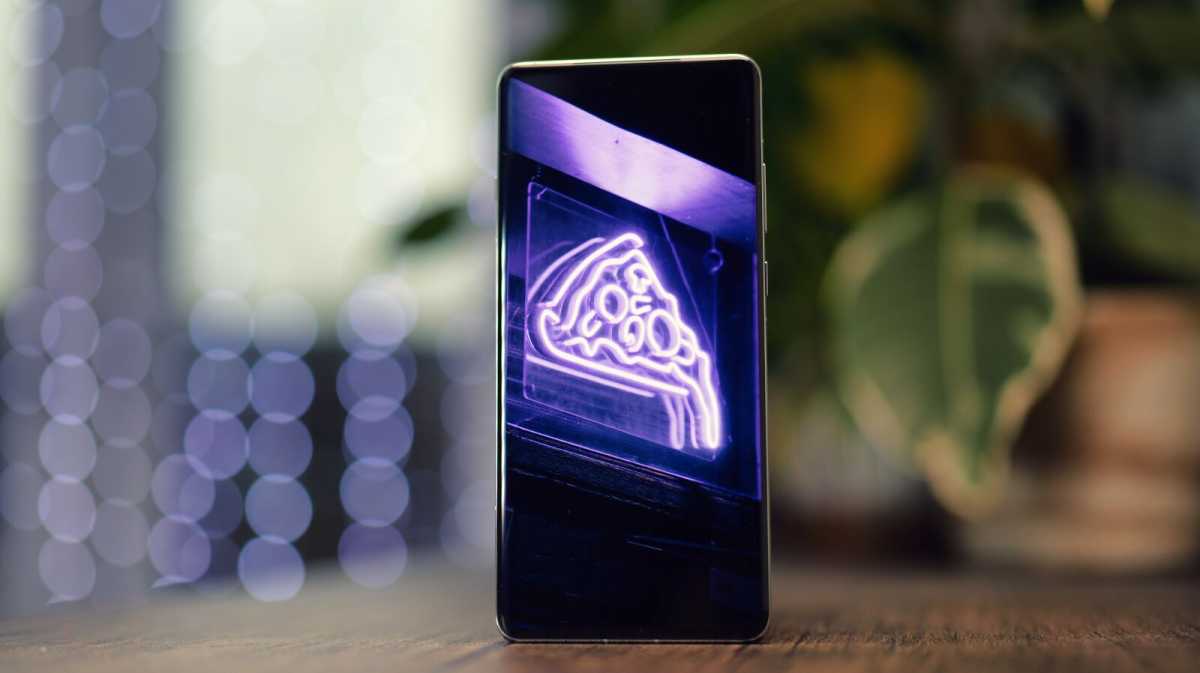Expert’s Rating
Pros
- Incredible cameras
- One of the brightest displays around
- Powerful performance
- Super fast charging
Cons
- Not available outside of China
- Untranslated software elements
- Bloatware pre-installed
- Middling battery life
Our Verdict
The Oppo Find X7 Ultra is truly worthy of the Ultra moniker. It excels in every area, especially photography, but there’s a big problem. This phone has only been launched in China, and chances of an international launch are looking slim. Poor localisation means the experience of using an imported model isn’t ideal, and that’s a massive shame, as otherwise, it might just be one of the best phones of the year.
Price When Reviewed
Approx $1,000 imported
Best Prices Today: Oppo Find X7 Ultra
The Find X7 Ultra is Oppo’s top-of-the-line flagship smartphone for 2024, standing out with a beastly camera system and a striking design. It launched in early January but it’s currently only on sale in China, and at the moment, it seems that’s where it’s destined to stay. Oppo is the parent company of OnePlus, and if a OnePlus 12 Ultra were to exist, it would probably look just like this.
With such a stacked spec sheet, you might consider importing this phone. Be warned, though, that doing so comes with some frustrations. There are plenty of system elements that are untranslated and there are some settings to tweak to get Google services enabled.
That said, I was very excited to see if it’d be worth the hassle. It’s the first phone to come with dual periscope telephoto lenses, and by all accounts, it should give camera-focused flagships like the Samsung Galaxy S24 Ultra and Vivo X100 Pro a run for their money. After living with the Find X7 Ultra in my pocket for a week, here’s what I learned.
Design & Build
- Beautiful two-tone finish
- Curved edges front and back
- IP68 certified
The Oppo Find X7 Ultra has a unique two-tone finish, and I absolutely love the way it looks. I was sent the Ocean Blue option for testing, which has navy blue vegan leather covering the lower portion of the rear, and a contrasting high-gloss white finish on the top.
The camera module and the frame come in a shiny metallic silver finish, it’s very classy and a bit nautical. It’s the perfect phone to whip out at the Yacht club, not that I’ve ever been anywhere near one of those.
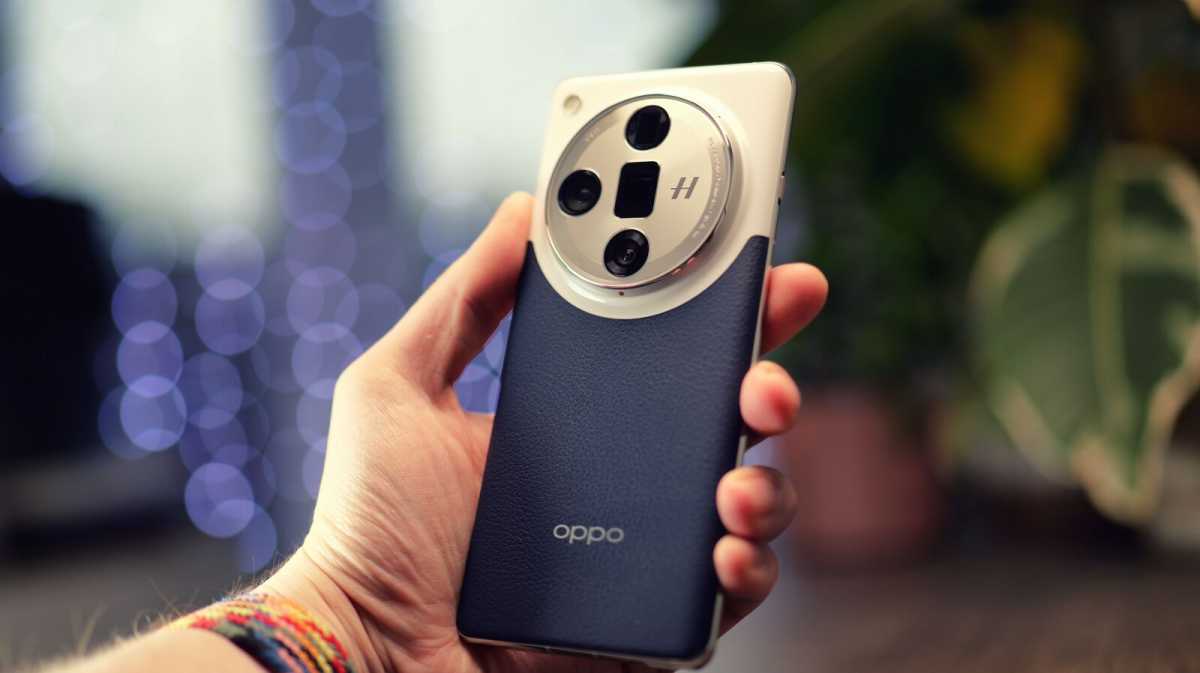
Luke Baker
If you prefer something more subtle, there’s also a Tailored Black colourway, which shifts everything to a monochromatic black and dark grey tone. Or, there’s Sepia Brown, which is essentially the same as the Ocean Blue option, but the leather-effect material is brown.
There’s no denying that the camera bump is verging on ridiculous, but personally, I think it looks quite cool. The edge of the massive circular camera housing also serves as a comfortable place to rest your forefinger when using the phone one-handed.
It’s quite a large phone and it’s not especially light either, weighing 221g. Despite its size, though, it’s very comfortable to hold, thanks to a curved edge display and matching curves on the rear panel. The result is a phone that feels slimmer than it actually is.
if you’re brave enough, you could happily use it without a case
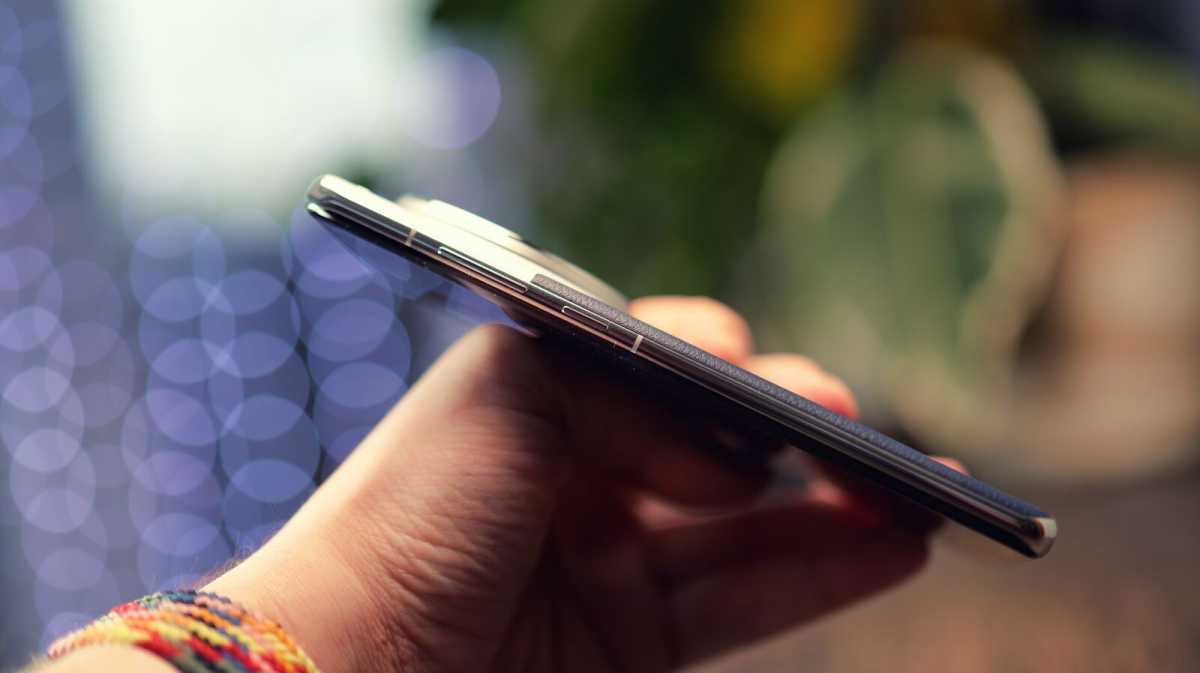
Luke Baker
With a vegan leather rear, the phone is very grippy and resistant to fingerprint smudges. So, if you’re brave enough, you could happily use it without a case. However, you don’t need to, as there’s a matte navy blue TPU case included in the box. It’s nothing too special, but it protects the phone well and looks a lot better than the transparent ones that you usually see.
There’s a three-position alert slider on the left-hand side, much like the one on the OnePlus 12. This allows you to quickly switch between silent, noisy and VIP modes. The latter disables the camera and microphone to ensure privacy, which is not something I’ve ever felt that I needed, but could be useful for people who do something more secretive than writing about phones all day.

Luke Baker
The haptic feedback is impressive, and it feels like there’s a genuine mechanical clunk when you hit the camera shutter, for example. It’s great for typing, too, feeling precise and powerful, but I had to tweak some settings to get it enabled on the keyboard, as it was off by default.
The phone has an IP68 rating for dust and water resistance, so you can confidently use it on trips to the beach, or for sea-faring adventures. The closest I got was some rain showers, though.
Screen & Speakers
- 6.82-inch AMOLED display
- Quad HD+ resolution
- 120Hz adaptive refresh rate
- Dual stereo speakers
The display has an ample 1440×3168 resolution and a dynamic refresh rate that can boost up to 120Hz. It’s a spacious screen and it’s very sharp and vibrant.
One of the standout features is its brightness output, which is said to deliver up to 4500 nits at peak. In normal use, you won’t be coming close to these eye-melting brightness levels, but it means that you can rest assured that this display will compete with even the most intense summer sunlight.
the phone feels slimmer in your hand and gesture controls feel smooth thanks to the rounded edges.
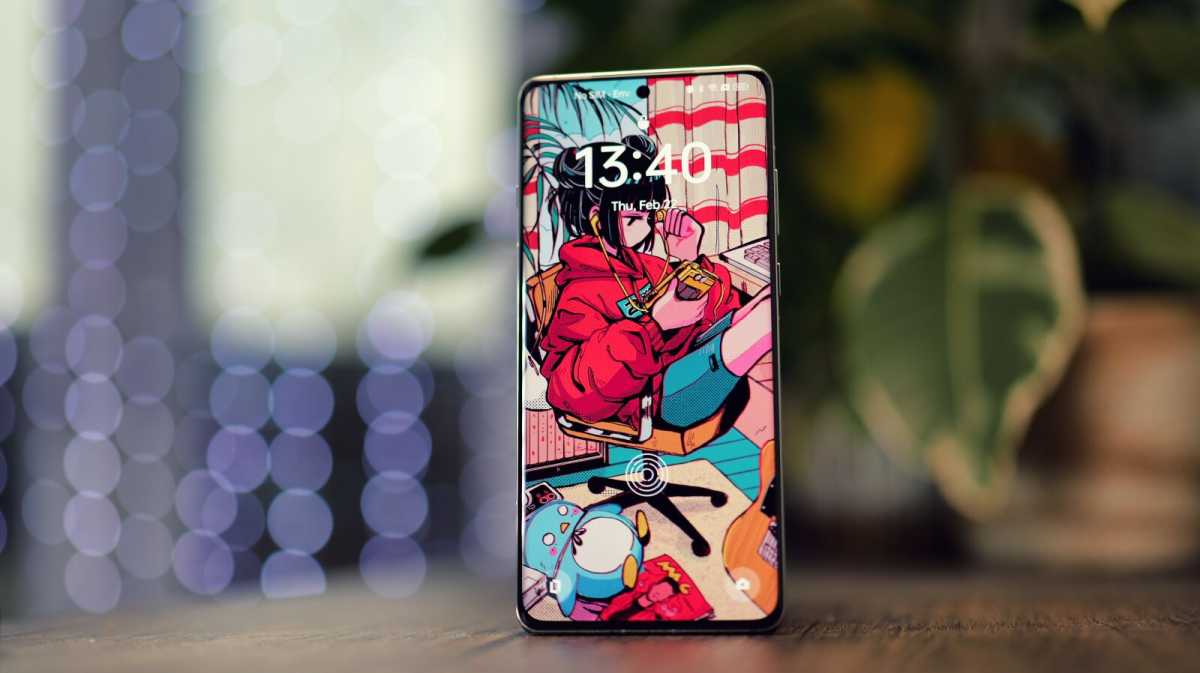
Luke Baker
As mentioned, the Oppo Find X7 Ultra has a curved-edge display, which I’m not always the biggest fan of, but it works well here. For starters, the curve seems tighter than it is on other phones, so the areas that you actually touch are essentially flat. You sort of get the best of both worlds, as it feels like a flat display for the most part, but the phone feels slimmer in your hand and gesture controls feel smooth thanks to the rounded edges.
HDR content looks fantastic on this display, with the deep inky blacks that OLED panels are known for, contrasting with dazzling highlights. I should note, however, that Netflix refused to play in HDR due to DRM certification issues, which isn’t ideal, and hopefully is something that gets addressed in future updates. YouTube HDR content worked fine, at least.
The display supports Dolby Vision, but with Netflix not playing ball, you might struggle to find Dolby Vision content to watch. On the other hand, you can record videos in Dolby Vision using the native camera app, so there’s still some utility here.
There are plenty of customisation options in the OS if you’d like to tweak the way colours are displayed. You get three main profiles, Natural, Pro and Vivid, and each one has its own colour wheel that allows you to shift the colour temperature and tint. There’s also the option to use the phone’s media processing engine to sharpen low-resolution images, or even convert SDR content to HDR.
If you suffer from eye strain you’ll be pleased to know that the Oppo Find X7 Ultra boasts a 2160Hz PWM dimming rate, ensuring low flicker at all brightness levels. There are also low blue light options available in the OS, as you’ll find with most devices these days.
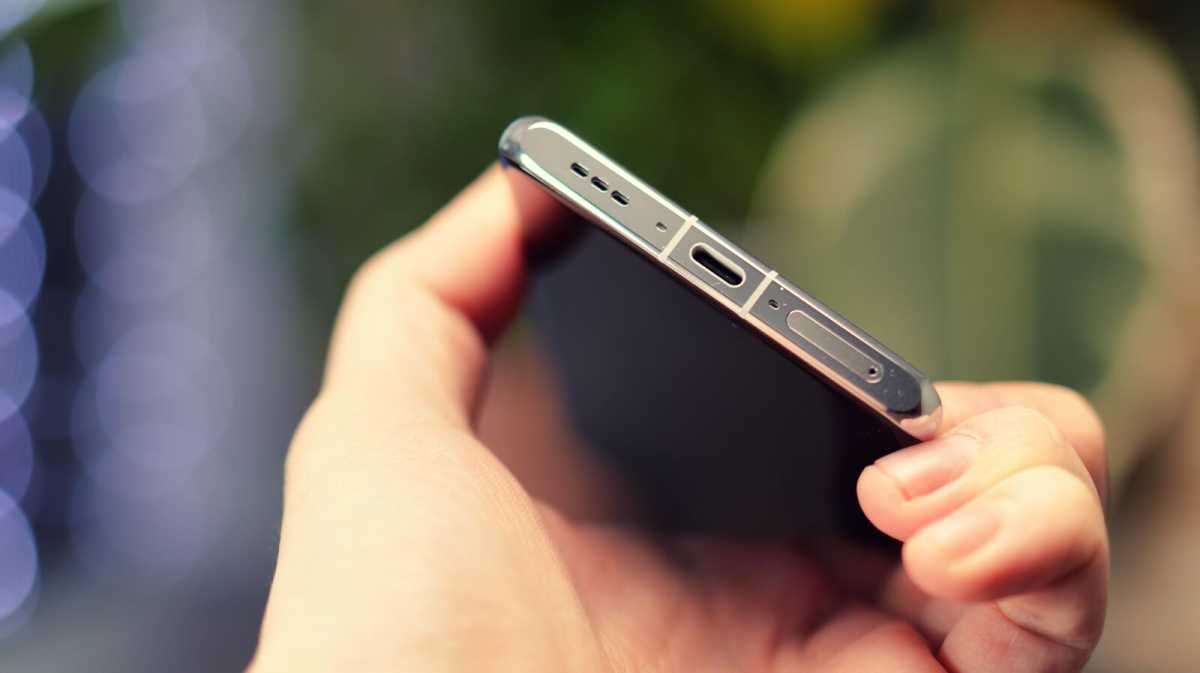
Luke Baker
The phone has dual stereo speakers and they’re quite capable. There’s more bass than you’ll find on most phones, and great clarity, too. They can get very loud, but they do start to distort at maximum volume.
Overall, I was very impressed with the speakers, but one thing bothered me; if you’re holding the phone horizontally, it’s almost impossible not to muffle one of the speakers, due to their positioning. At least they always sound their best when held vertically.
Specs & Performance
- Qualcomm Snapdragon 8 Gen 3
- 12/16GB RAM
- 256/512GB storage
The Oppo Find X7 Ultra runs on Qualcomm’s most powerful SoC, the Snapdragon 8 Gen 3. We’ve already witnessed this chip’s blazing-fast performance in handsets like the OnePlus 12 and Samsung Galaxy S24 Ultra, so it’s not too surprising to see it performing well here, too.
My test unit came with 16GB of RAM and 512GB of storage, but the phone is also available with 12GB RAM and 256GB of storage. In any case, it has plenty of memory for multitasking, and it can be virtually expanded if you feel you need more.
You can run almost any game in the Play Store at maximum settings
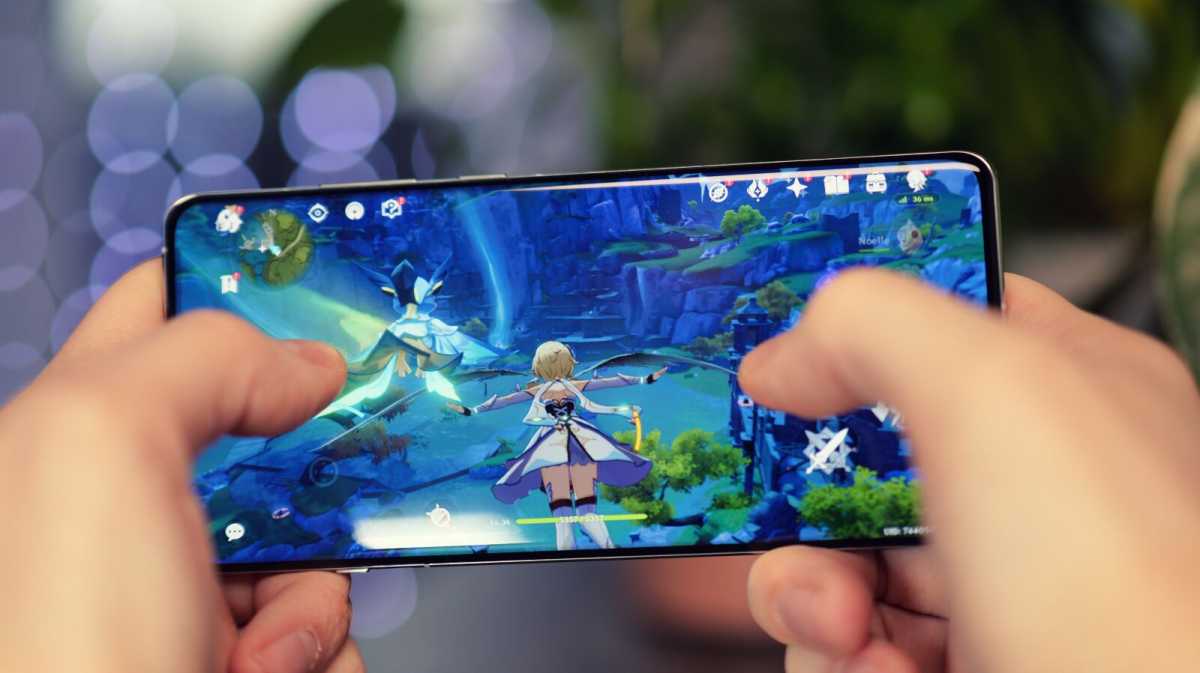
Luke Baker
In use, the phone feels speedy and responsive in all situations, animations are smooth and apps open in a flash. You can run almost any game in the Play Store at maximum settings, and the phone stays reasonably cool in the process.
There’s a built-in game overlay which gives you access to the usual goodies like performance modes, notification blocking and network optimisation. It’s more feature-packed than you’ll find on most phones, but not quite on the level of gaming-focused handsets like the RedMagic 9 Pro. Well, as far as I can tell, some elements in these menus are displayed in Chinese, so it might be more capable than I realise.
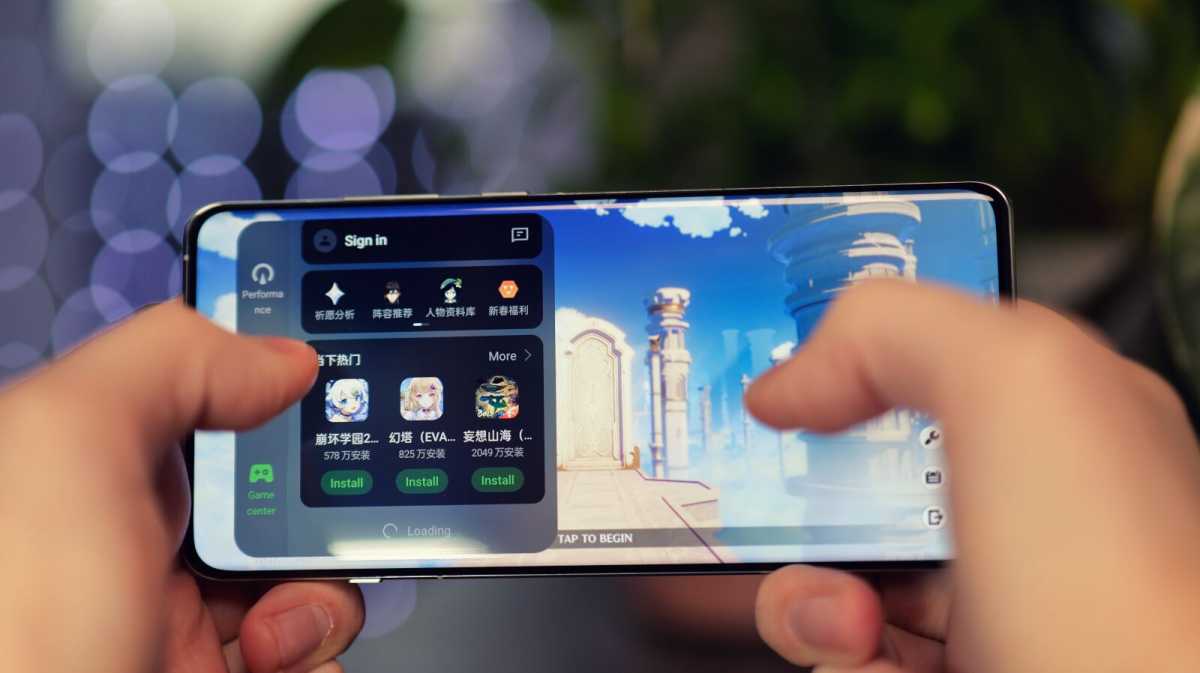
Luke Baker
I noticed the phone start to heat up after a lengthy Genshin Impact session with “Gaming mode” active, but it never became uncomfortable to hold, and the performance stayed rock solid throughout.
You can see all our usual benchmark tests below compared to key rivals. Note that GFXBench would not go over 60fps despite the phone being capable of higher framerates.
Oppo Find X7 Ultra Benchmarks
the camera system here might just be the most capable of any smartphone on the market right now.
Cameras
- 50Mp 1-inch main sensor
- 50Mp ultrawide
- 50Mp dual periscope zooms
- 32Mp selfie camera with autofocus
It’s clear from the outset that this phone is largely about camera performance, with such a massive camera array on the rear, it almost looks more like a camera than a phone.
Thankfully, this design is justified, as the camera system here might just be the most capable of any smartphone on the market right now.
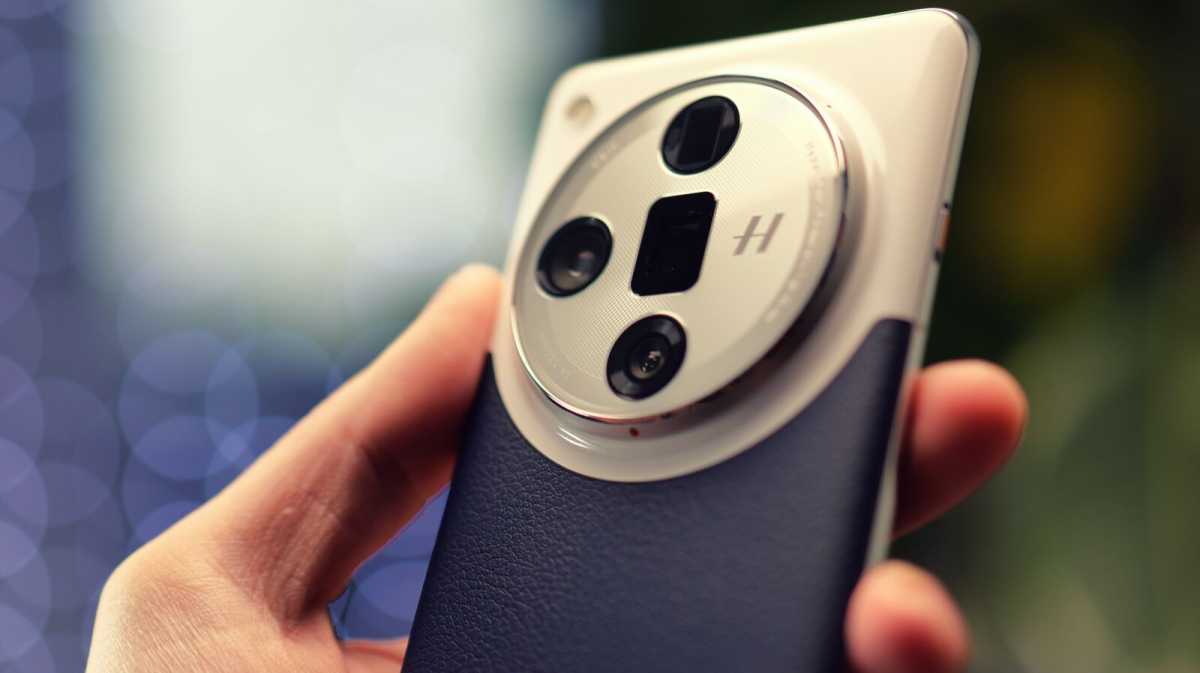
Luke Baker
There are four cameras on the back. The main camera has Sony’s second-generation 1-inch sensor, which should give it an advantage over the 1-inch sensor in the Oppo Find X6 Pro and Xiaomi 13 Ultra. It’s a stacked sensor, which should mean that it’s more sensitive to light, while also drawing less power in use.
This meaty main sensor is joined by an ultrawide camera and dual periscope zooms, one with a 2x focal length and another with a 6x. All of the rear cameras are 50Mp and have colours and image processing that closely match, so it doesn’t look jarring when you switch between cameras while shooting video, for example.
The selfie camera has a 32Mp resolution and comes with autofocus, which is still something of a rarity. Now that both the Galaxy S24 Ultra and Pixel 8 Pro have adopted it, though, I have a feeling it’ll become more common. It essentially means that your selfie snaps are always sharp and detailed, no matter if you’re up close, or at arm’s length for a group shot.
The results from this fully stacked camera lineup are wonderful. The large main sensor allows for excellent low-light capture and can create some lovely natural bokeh without needing to fake it in portrait mode. To be completely honest, I didn’t notice a huge generational difference compared to the 1-inch snapper of the Vivo X90 Pro, but that already performed incredibly well, so it’s no bad thing.
The other standout lens is the 3x periscope zoom, which has one of the largest sensors that I’ve seen on a smartphone telephoto camera, at 1/1.56-inch. When combined with the compression of the longer focal length, it allows for a very shallow depth of field, and you can snap photos that look like they came from a DSLR rather than a smartphone.
The ultrawide is a little more run-of-the-mill, but it’s still very useful, and the high resolution ensures that there’s plenty of detail. The same can be said for the 6x telephoto, but it’s good enough to trade blows with the 5x zoom of the Samsung Galaxy S24 Ultra, and that’s no mean feat.

Luke Baker
The image processing, which was tuned in collaboration with Hasselblad, makes for some very realistic colour rendition, and there’s less exaggeration and oversaturation than you’ll find with some competing brands. Images come out looking sharp and detailed, even with moving subjects and in dim lighting. Dynamic range is impressive, too, and depending on your shooting mode, you can capture ProXDR shots that will display in HDR in the gallery.
The portrait mode is very reliable, and I even managed to get good results with fast-moving animals, though as usual, it works best with people. There are some very nice-looking filters to accompany the effect, and I was continually surprised at how well the phone managed to isolate stray strands of hair.
At night, the…
